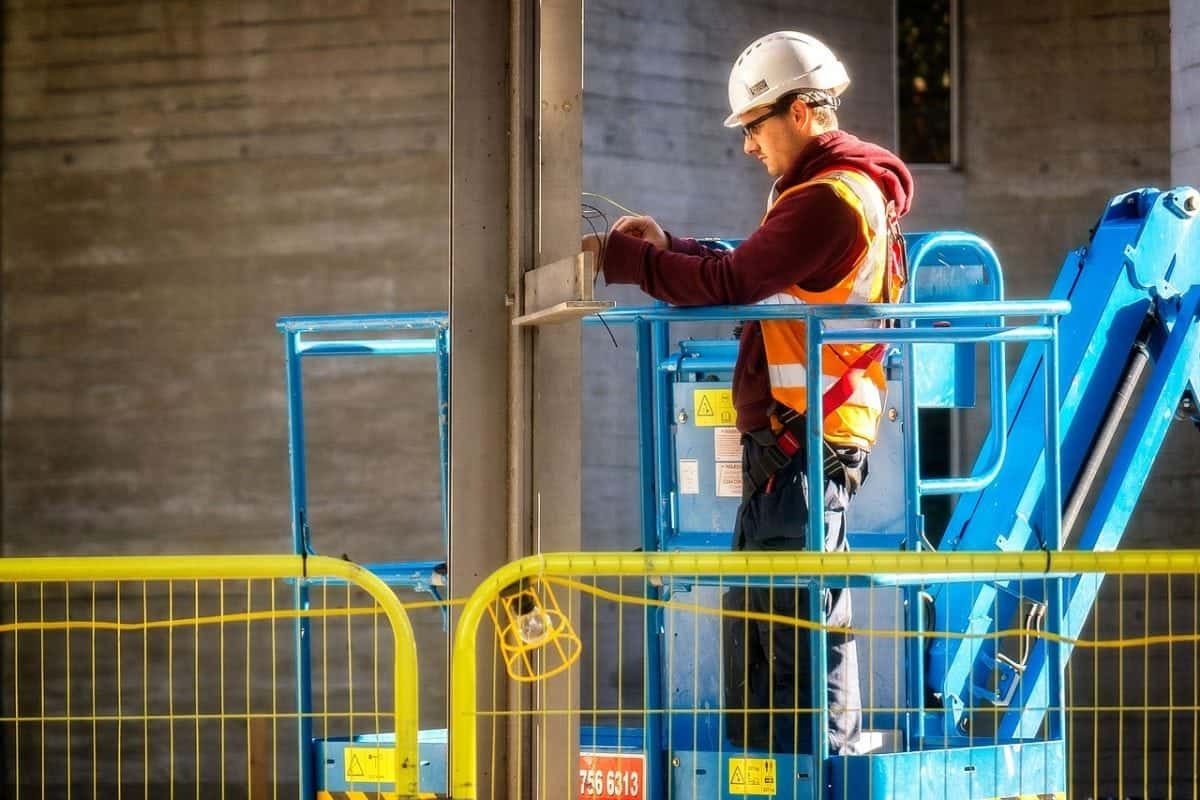
Have you ever wondered how construction workers were able to reach those high heights with no visible signs of scaffolding used? Or perhaps you’ve walked past a construction site and noticed some large piece of machinery lifting people to reach tall heights, and you’re wondering what they probably are?
Well, most often than not, you’re looking at a cherry-picker. Recently, those big pieces of machinery have found application in a variety of tasks, like from accessing over-head power lines to performing stunts in an entertainment play.
A cherry picker, also known as basket crane, man lift, hydra-ladder or boom lift, is a type of crane with a railed-platform that is used to raise and lower workers to reach elevated working surfaces. It was designed originally for cherry picking in the farm.
Cherry pickers are incredibly versatile and are used on worksites for different purposes, though primarily to reach inaccessible heights. Construction workers utilize man lift to access buildings to install or maintain windows, paint, install signage, work on electrical systems, install and maintain lighting and much more.
These basket cranes are incredibly useful machines but, operating them comes with high risk. Injuries and deaths are not uncommon reports on worksites; hence it has become crucial that workers receive adequate training and certification before using them.
The best way to prevent accidents is by training operators to be familiar with how a cherry picker works, its unique characteristics, and how to properly operate one. It is important also to ensure that the course is OSHA compliant.
Some of the safety measures include:
Other safety measures recommended include:
Operating boom lift puts the operator in harm’s way; to stay safe; comprehensive and adequate certification training is needed to educate the worker on safety measures.